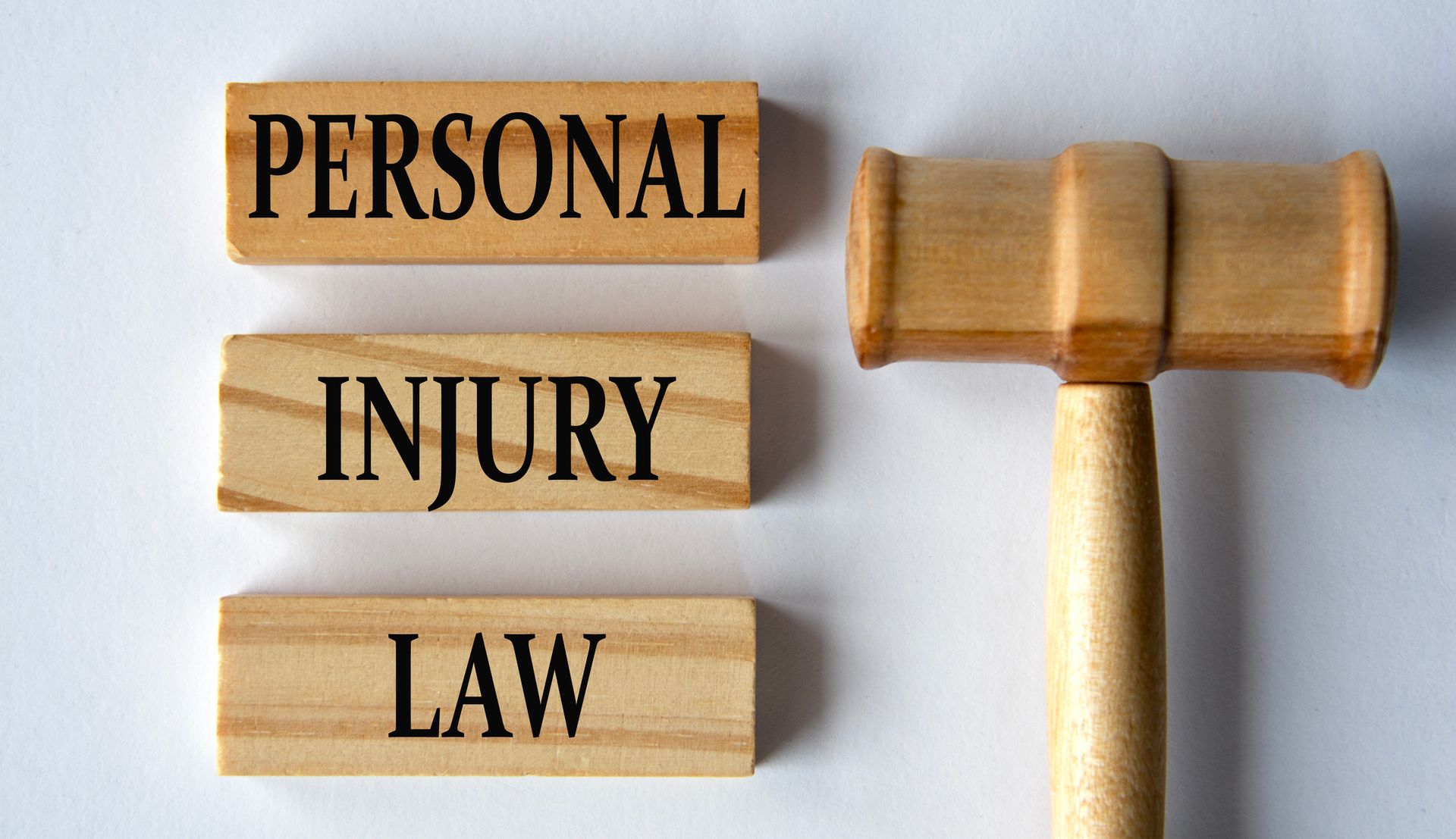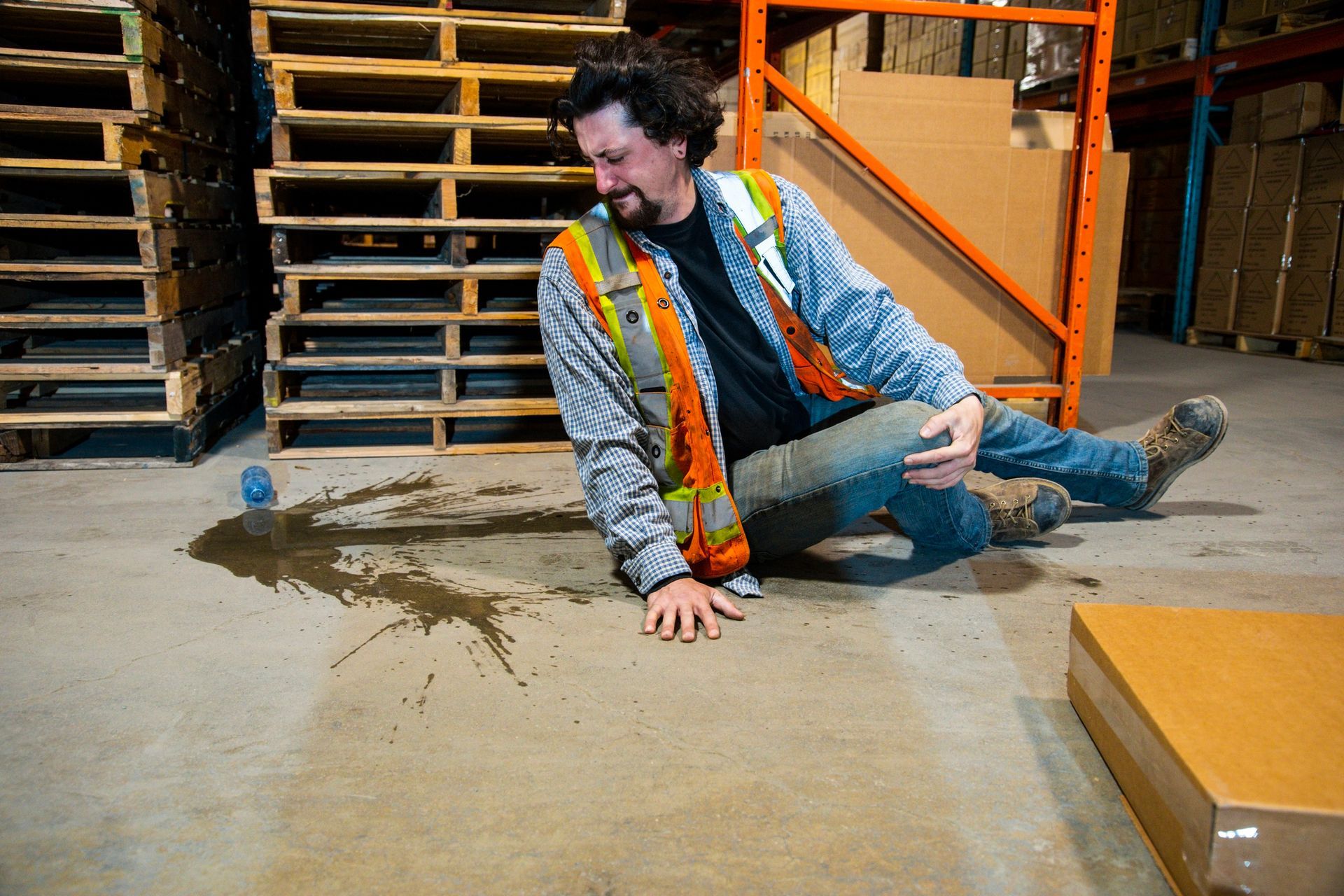BACK TO SCHOOL
School Transportation Accidents
BACK TO SCHOOL
It’s that time of year again, where parents and kids get ready to head back to school. In the hectic weeks before the first day, people rarely think about transportation-related accidents involving buses, cars, and pedestrians commuting to and from school. But transportation safety should be one of our top priorities. From 2007 to 2016 there were 320,874 fatal motor vehicle traffic crashes. Of those crashes, 1,147 (0.4%) were classified as school-transportation-related.
Between 2007 and 2016, there have been 1,282 people killed in school-transportation-related crashes—an average of 128 fatalities per year. Occupants of school transportation vehicles accounted for 9 percent of the fatalities, and non-occupants (pedestrians, bicyclists, etc.) accounted for 20 percent of the fatalities. Most (70%) of the people who lost their lives in these crashes were occupants of other vehicles
THE UNIQUE DESIGN OF THE SCHOOL BUS
Although the above statistics appear grim, the reality is that students are about 70 times more likely to get to school safely when taking a bus instead of traveling by car. That’s because school buses are the most regulated vehicles on the road; they’re designed to be safer than passenger vehicles in preventing crashes and injuries and in every state, stop-arm laws protect children from other motorists.
Many people think that the lack of seat belts or any seat restraints on school buses makes them inherently less safe than riding in a motor vehicle. This assumption ignores the unique design of school buses. Large school buses are heavier and distribute crash forces differently than passenger cars and light trucks do. Because of these differences, bus passengers experience much less crash force than those in passenger cars, light trucks and vans. The NHTSA decided the best way to provide crash protection to passengers of large school buses is through a concept called “compartmentalization.” This requires that the interior of large buses protect children without them needing to buckle up. Through compartmentalization, children are protected from crashes by strong, closely-spaced seats that have energy-absorbing seat backs. Small school buses (with a gross vehicle weight rating of 10,000 pounds or less) must be equipped with lap and/or lap/shoulder belts at all designated seating positions. Since the sizes and weights of small school buses are closer to those of passenger cars and trucks, seat belts in those vehicles are necessary to provide occupant protection.
BUS STOP SAFETY
The greatest risk to a child is not riding a school bus but getting on and off of one. Accidents frequently happen when children run out in front of or behind school buses, cross the street too close to a bus, or try to enter/exit a bus before it has come to a complete stop and the vehicles around the bus have stopped.
Motor vehicles that fail to observe the stop sign and flashing lights that a school bus deploys when boarding children can cause horrible accidents, hitting both children and their parents. Learn and obey the school bus laws in your state, as well as the "flashing signal light system" that school bus drivers use to alert motorists of pending actions:
- Yellow flashing lights indicate the bus is preparing to stop to load or unload children. Motorists should slow down and prepare to stop their vehicles.
- Red flashing lights and extended stop arms indicate the bus has stopped and children are getting on or off. Motorists must stop their cars and wait until the red lights stop flashing, the extended stop-arm is withdrawn, and the bus begins moving before they can start driving again.
SAFETY TIPS
The first weeks of school are an exciting time of year. Until routines are established and both kids and parents get used to the new schedule, morning start time and afternoon dismissal can be chaotic. Drivers must be extra cautious during these times and be aware that children can be running to and from bus stops and school buildings:
* When backing out of a driveway or leaving a garage, watch out for children walking or
bicycling to and from school.
- When driving in neighborhoods with school zones, watch out for young people who may be thinking about getting to school, but may not be thinking of getting there safely.
- Slow down. Watch for children walking in the street, especially if there are no sidewalks in the neighborhood.
- Watch for children playing and congregating near bus stops.
- Be alert. Children arriving late for the bus may dart into the street without looking for traffic.
If you have an accident involving a school transportation vehicle, be sure to seek medical attention for yourself and any other people injured. As soon as possible, contact a personal injury attorney with expertise in school transportation accidents. Contact Dave Thomas at The Thomas Law Firm for a free evaluation of your legal rights.








